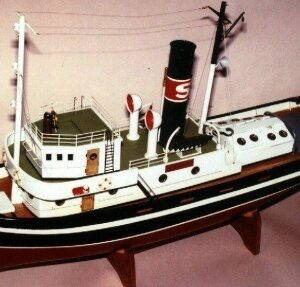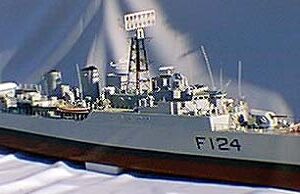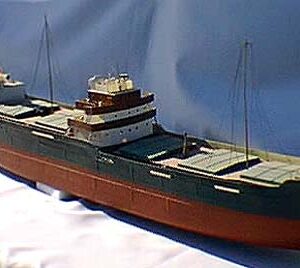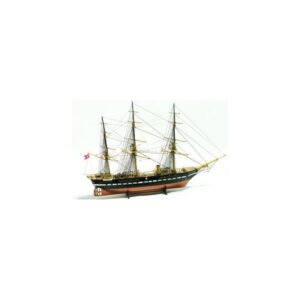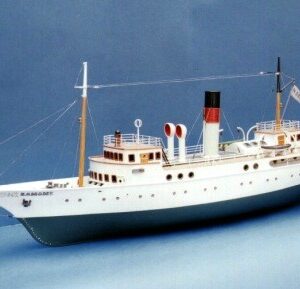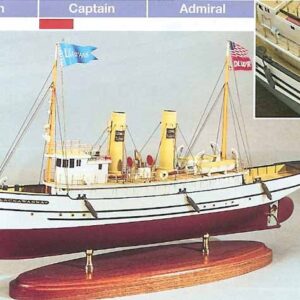Steam Powered Ships
- Add to cart
- $374.99
Hercules – OcCre
- Out of Stock
- Read more
- $235.00
HMS Royal Marine – Dean’s Marine
- Out of Stock
- Read more
- $941.85
Imara Harbor Tug (Twin Screw) – Caldercraft
- Out of StockSale!
- Read more
-
$250.00Original price was: $250.00.$249.00Current price is: $249.00. Kalle Steam Tug – Aero-naut
- Out of Stock
- Read more
- $1,099.00
Kamome Steam Yacht – Saito
- Out of Stock
- Read more
- $295.00
Lackawanna – BlueJacket
Another notable steam ship was the RMS Titanic, which tragically sank on its maiden voyage in 1912. Despite its tragic end, the Titanic was a marvel of engineering and luxury, featuring advanced features such as a double-bottomed hull and electric lighting.
The first steam ship to successfully cross the Atlantic Ocean was the SS Savannah, which made the journey in 1819. This marked a significant milestone in maritime history, as it proved the viability of steam-powered ships for long distance travel.
The last steam powered ship to be built was the SS United States, launched in 1952. This ship was the fastest ocean liner of its time, and its advanced design and powerful engines allowed it to break the record for the fastest transatlantic crossing on its maiden voyage. However, with the rise of more efficient diesel engines, the era of steam powered ships came to an end.
The age of steam ships also saw some famous battles, such as the Battle of Hampton Roads in 1862. This battle between the Union’s USS Monitor and the Confederacy’s CSS Virginia marked the first time two ironclad ships engaged in combat, forever changing naval warfare.
Advancements in steam technology during this era also led to the development of more specialized ships, such as the paddlewheeler, which became popular for river travel and transport. Steam powered ships also played a crucial role in the colonization and trade of many countries, making global travel and commerce more efficient and accessible.
In conclusion, the age of steam powered ships was a pivotal time in maritime history, marked by the development of groundbreaking technologies and the construction of iconic ships. These ships not only transformed the world of transportation and warfare, but also paved the way for further advancements in the field of maritime engineering. The legacy of these steam powered ships continues to be felt in modern times, showcasing the enduring impact of this era on the world of shipbuilding and navigation.



